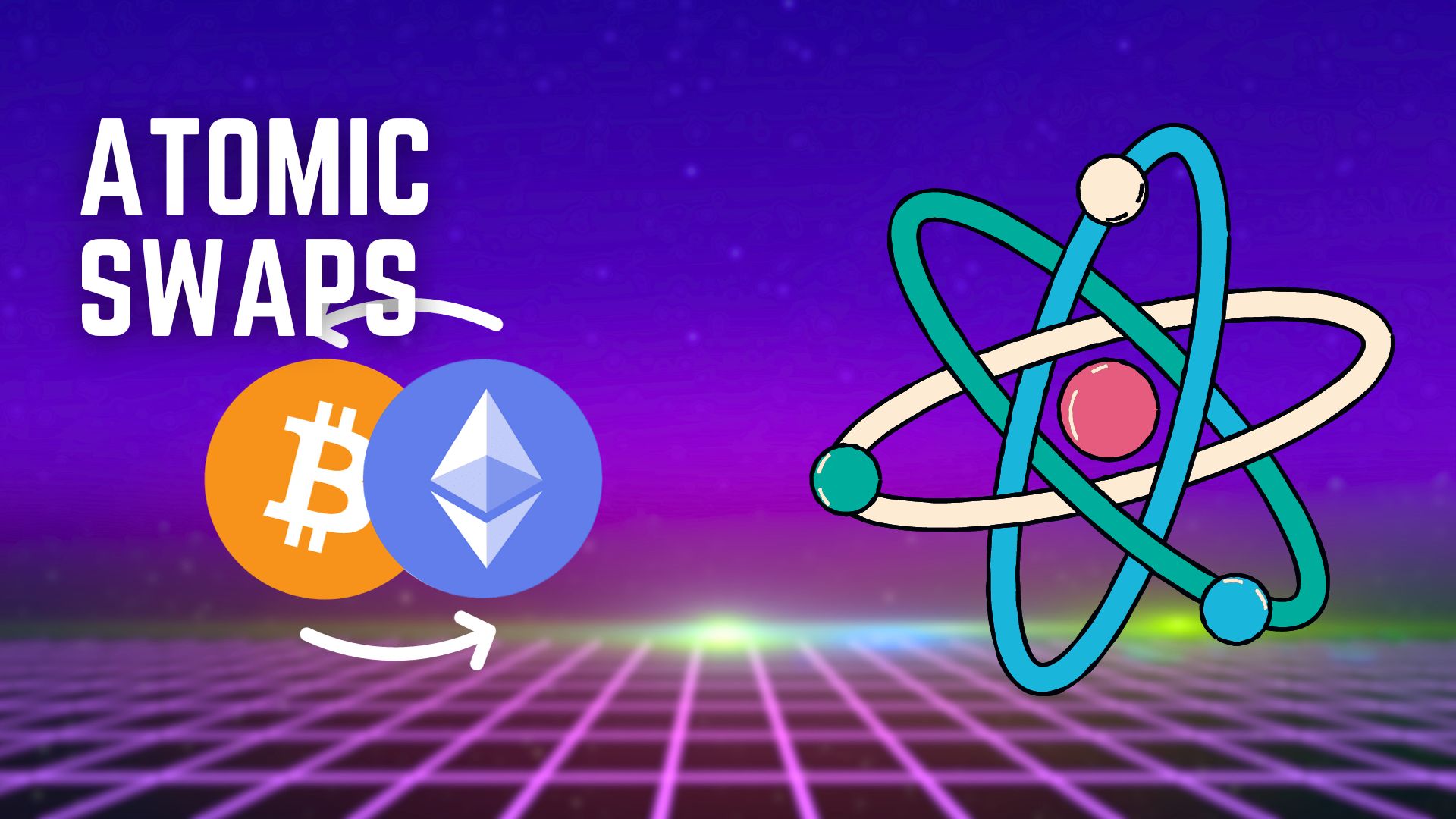How Do Atomic Swaps Help Facilitate The Crypto Space Well?


- Atomic swaps enable direct peer-to-peer cryptocurrency exchanges between blockchains.
- Hashed Timelock Contracts (HTLCs) guarantee the timely execution of a Bitcoin transfer during an atomic swap.
Cryptocurrencies serve two main purposes: as an investment and as a payment method. When one wants to use cryptocurrencies for transactions, things usually get centralized through exchanges.
Atomic swaps are a new way to exchange cryptocurrencies directly without any middlemen.
They’re still developing, but they could simplify using cryptocurrencies for everyday payments by allowing them to trade between cryptocurrencies regardless of their blockchains.
Here’s what one needs to know about atomic swaps and how they work.
What Are Atomic Swaps?
Atomic swaps allow people to exchange different cryptocurrencies without a middleman. They rely on a Hashed Timelock Contract (HTLC), which acts as a secure vault for the crypto.
In an atomic swap, both parties agree to deposit a set amount of tokens into this contract. The swap will only happen if both parties deposit the right amount. If not, everything goes back to the way it was.
The HTLC has two keys to ensure security:
Hashlock key: Both parties must prove they’ve done their part of the swap using cryptographic proofs.
Timelock key: The original owner gets their tokens back if they don’t prove this within a certain time.
Let’s walk through an example of how an atomic swap works:
- Alice wants to exchange 10X tokens for 10Y tokens with Bob.
- They create an HTLC with a set expiration time, say one hour.
- Alice deposits her 10X tokens into the contract, generating a private key that only she knows.
- To verify that Alice has deposited the correct amount, she creates a cryptographic hash of her private key and shares it with Bob.
- Bob can check the hash to confirm Alice’s deposit but cannot access the tokens since he only has the hash, not the private key.
- Using the hash, Bob creates a new contract address and deposits his 10Y tokens into it.
- At this point, both parties have deposited their tokens into the contract.
- Alice can claim Bob’s 10Y tokens by revealing the private key she generated. This step also allows Bob to access the private key.
- If Bob does not complete the transaction before the predetermined timelock period expires, the tokens claimed by Alice will revert to Bob.
- Bob uses the private key to withdraw Alice’s 10X tokens, finalizing the swap.
Advantages of Atomic Swaps
Atomic swaps offer several advantages to traders and users of cryptocurrencies:
- Reduced risks: No need for a middleman; traders control their assets.
- More liquidity: Assets become more tradable across different blockchains.
- Direct swaps: One can exchange crypto directly without going through multiple transactions.
- Guaranteed outcome: The contract executes as agreed, or one can get the funds back.
- Lower costs: Peer-to-peer swaps can have lower fees than centralized exchanges.
Disadvantages of Atomic Swaps
However, atomic swaps also have some disadvantages:
- Complexity: Negotiating the terms, waiting for transactions, and agreeing on various details can be complex.
- Privacy concerns: Atomic swaps can take time, allowing malicious actors to track addresses.
- Compatibility: Atomic swaps don’t work across all blockchains; they require the same hashing algorithm.
Why are Atomic Swaps Important to the Crypto Industry?
Atomic swaps are a crucial development in the world of cryptocurrency for several key reasons:
Trustless Transactions
Atomic swaps are designed to be trustless, meaning that the swap either completes or is canceled without any party having the opportunity to exploit the other. This inherent trustlessness enhances security and minimizes counterparty risk.
Enhanced Liquidity
By facilitating the exchange of assets across different blockchain networks, atomic swaps contribute to increased liquidity in the cryptocurrency market. This liquidity benefits users by providing access to a wider range of assets and promoting market efficiency.
Privacy
Atomic swaps offer privacy not typically found in centralized exchanges. Users can transact directly without disclosing personal information to third-party platforms, bolstering their privacy and security.
Conclusion
Atomic swaps offer a trustless, decentralized, and cost-effective way to exchange cryptocurrencies, potentially reducing fraud risks and improving accessibility.
While still in the early stages, they promise innovative cryptocurrency trading, making it more efficient and secure.
Recent Posts
BlockDAG And Best Wallet Presale Participants Receive Free Skyren DAO Airdrop
Token airdrops have historically introduced investors to new blockchain projects. However, many distributions fail to…
Skyren DAO Token Surge Event: Remittix And Lightchain AI Communities First To Benefit
Airdrops have traditionally been used to introduce new investors to blockchain projects, but their effectiveness…
Bitcoin ETF Approval? Old News. Here’s Why Skyren DAO Could Outperform BTC 10-fold
The approval of Bitcoin ETFs was one of the most anticipated events in crypto history,…
Qubetics And Rexas Finance Holders: Claim Your 500 Free SKYRN Tokens Now
The blockchain space continues to evolve, with projects pushing security, scalability, and user engagement to…
Cardano Skyren DAO And Remmitix Potential Highlighted As Market Optimism Rises
As the cryptocurrency market recovers from recent volatility, several projects emerge as strong contenders for…
Cardano And Litecoin Ready To Rally: Analysts Predict 10x Gains For This Newcomer
The cryptocurrency market is showing strong bullish signals, with many altcoins poised for significant gains.…


